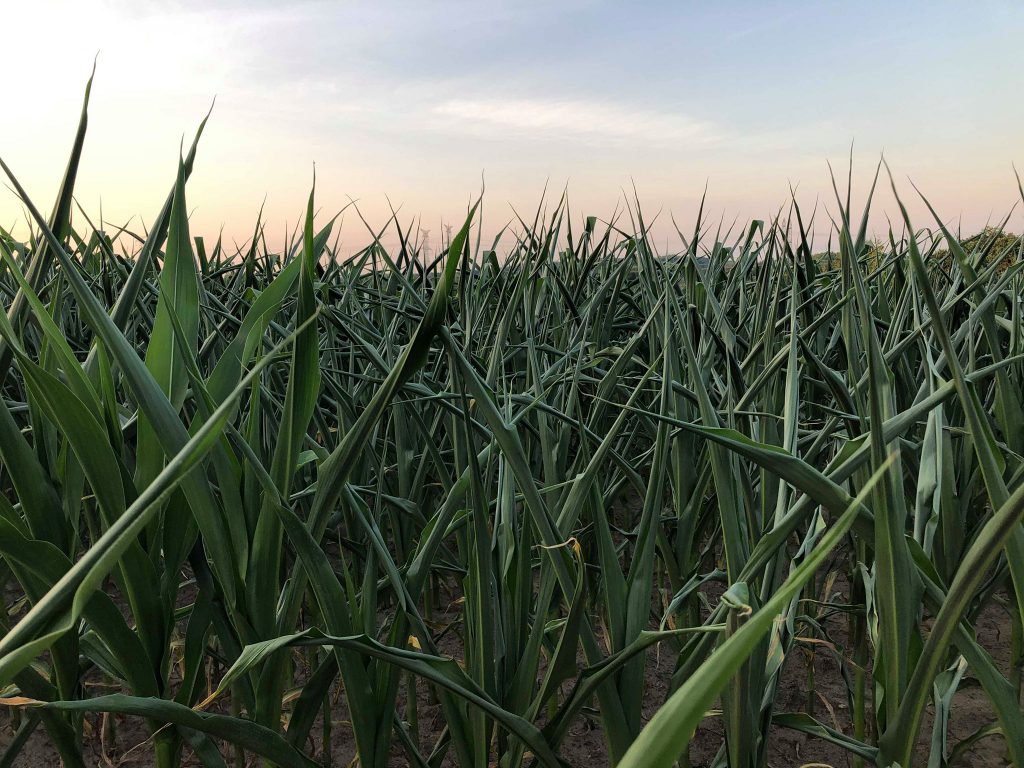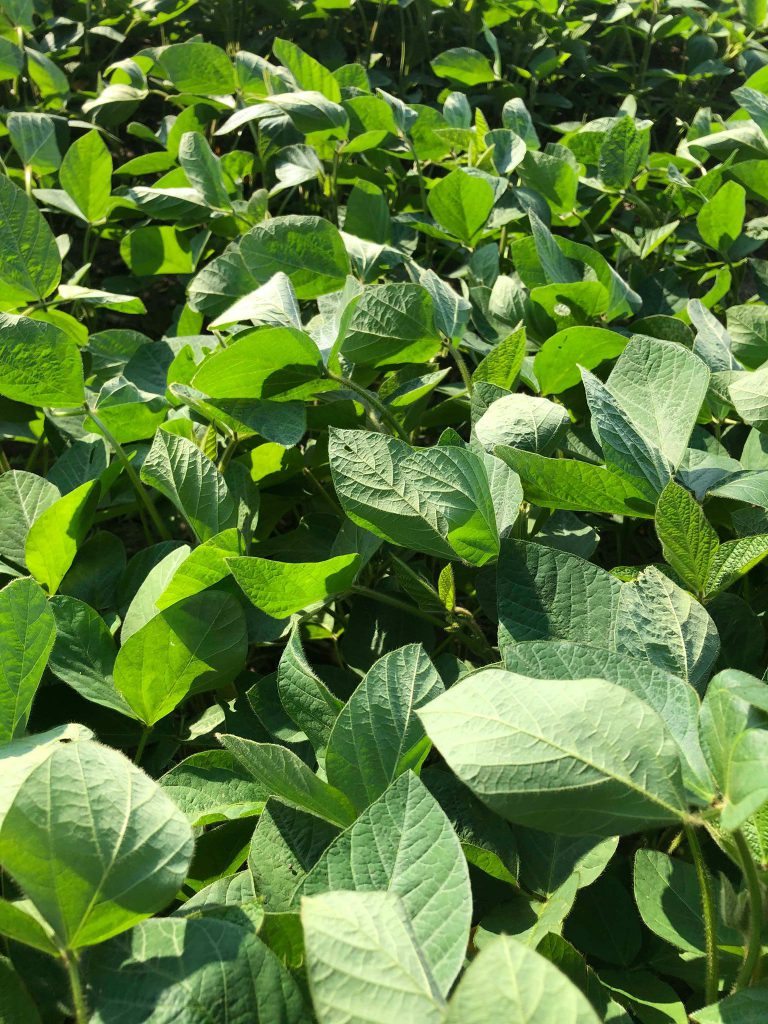Ontario grains need a drink

Its been a beautiful start to the summer- hot, sunny and the perfect conditions to get outside and enjoy the weather. But, this weather isn’t great for Ontario crops. Ontario grains need a drink of water.
Farming is very challenging especially when a crop’s ability to survive is dependent on decent weather throughout the growing season. Planting in perfect soils, sunny days and timely rains contribute to how well a crop is going to grow- and how well that crop will be in order to produce our quality food.
It’s getting too dry!
This summer (so far) has been dry! A very different story to year’s past when spring and harvest times were wet and cold- not ideal conditions to plant or harvest the grains. Now, a lot of grains across Ontario are desperately looking for a drink.
What does this mean?
Generally speaking, plants will grow faster with hotter air temperatures. When temperatures begin to rise, photosynthesis and respiration will begin to increase thus causing the plants to breathe faster and produce more energy. This is called optimal growth. The optimal growth temperatures for corn typically range between 25° C and 33° C. Soybean optimal growth is around 29°C whereas barley, oats and wheat optimal temperature range from 20°C to 25°C. The grains growth and yield potentials will start to decrease once air temperatures go outside of these ranges over a period of time.
Hot temperatures also cause the plants to use up more water from the soil. If there is less water in the soil because of no rain, the plants could become sick or stressed. Many crops now are experience drought conditions due to the lack of water in the soil. And, with very little rain in the forecast, this could be detrimental to the success of these crops.

When corn plants are dry, the leaves roll inwards. This is a defensive measure to protect the plant from losing more water in times of extreme heat. When the leaves are rolled inwards, less leaf area is exposed to the sun, meaning they are burning less energy to grow and ultimately using less water.

Soybean leaves act much like trees in times of heat and lack of water. Have you noticed when things are dry, tree leaves flip upside down? This is their protective measure to reduce energy and conserve water within the plant during the heat and sun of the day.
How important is rain?
Water is necessary for virtually every function of plant growth. Lack of water damages plant cells, which can cause poor growth, wilting, and leaf scorch. Eventually, the plants could drop their leaves and have serious root damages. All of these conditions could impact the quality of the grains at harvest- and the quality of grains going into our food supply.
When plants are stressed due to hot temperatures and lack of water, they will pull nutrients away from the reproduction parts of the plants just to keep surviving. This means the number of seeds and the quality of those seeds in the plants could decrease.
A farmer’s job is to keep their grain crops healthy. They ensure their crops are healthy by providing necessary nutrients during planting, protecting their crops against pests and ensuring they are keeping the soil healthy, because a healthy soil = healthy grains. But, one thing they cannot control is Mother Nature and the weather conditions that arise during the growing season.
Many of #YourFarmers will be looking to the skies and long term forecasts hoping for rain for their crops to continue their hard work of growing healthy, quality grains for Ontarians to eat and use in their everyday lives.
